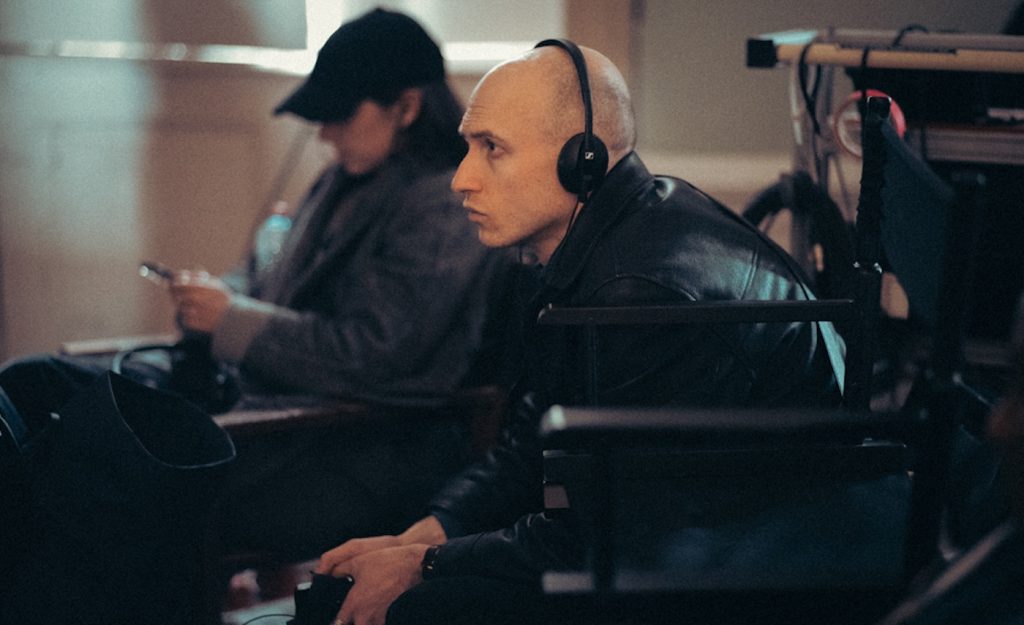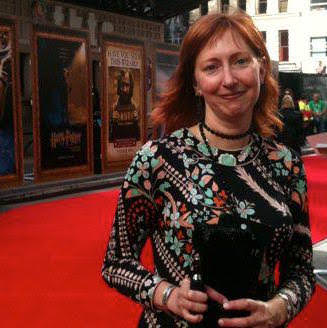“The Brutalist” Composer Daniel Blumberg on Blending Genres in Brady Corbet’s American Epic
Brady Corbet’s The Brutalist has found its way into all the awards conversation, with everything from Corbert’s masterful direction to the performances by Adrien Brody and Guy Pearce, Dávid Jancsó’s editing, Lol Crawley’s cinematography, Judy Becker’s production design, and Daniel Blumberg’s score getting notice. The film is centered on visionary architect László Toth (Brody), who flees post-war Europe after experiencing the ravages and suffering of the Holocaust. He finds his way to the US, where he spends decades in the struggles to build his artistic legacy, lauded and stymied by industrialist millionaire Harrison Lee Van Buren (Pearce).
The film’s composer, Daniel Blumberg, is discovering what it’s like to rocket to the top of Hollywood’s A list. His work is being mentioned alongside seasoned Oscar winners Kris Bowers, Trent Reznor, and Atticus Ross as a potential winner at the Academy Awards with only his second feature film score. The London visual artist and indie musician/composer replaced Corbet’s longtime collaborator Scott Walker, who passed away before production and to whom the film is dedicated.
Blumberg and Corbet have been friends for years, and this film is a close collaboration between them. Blumberg and other musicians often played live on set during the filming. The Credits spoke to Blumberg about that, as well as working with 88-year-old renowned classical pianist John Tilbury, leveraging multiple musical eras and instrumentation to capture the scope of Corbet’s epic film.
You lived in the same space as director Brady Corbet in pre-production and through much of the filming. In what practical ways did that immediacy impact the finished music?
We’ve been very close ever since we met. I’ve stayed on his sofa many times, and we’re used to sharing spaces. When I finish a record, he’s one of the first people I show it to, and during his writing of the script, we talked about it a lot. I lived with him during pre-production and filming. Brady wanted to shoot to music on set, so I had a little room with my keyboard and a single bed. The demo for the opening of the film was done a few nights before being shot. It was great; instead of having to send it to him or have a more distant interaction, I could do it in real-time. Being on set, having the actors and the environments, and being near Brady gave me a sense of the temperature of a scene or what he wanted it to be. When doing a score, I don’t want it to feel like this alien thing stuck on top of something else, I want it to be part of a whole picture, and have it all make sense as one piece of art.

Mission accomplished.
Thanks. I have a good example of where living on set made a difference. Since I don’t read music, I always have to work it all out practically, so I try chords to see how they can build together. I always record on my Dictaphone, and there were lots of stops and starts. Brady heard me through the wall, struggling to find my way. He came in and said, “That’s what it should sound like: an artist working it out.”
Music in The Brutalist is doing so much through the 3 1/2 hours. It’s a great example of the balance of minimalism and maximalism. The use of piano feels at times traditional or nostalgic, but you also use it in the context of found sound or industrial noise.
Using a prepared piano was an idea that came from reading the script, with all its architecture and construction. I love that when you use screws and interfere with the strings of the piano and the hammers hit those strings; it’s like a percussive instrument. The piano also has huge acoustic potential. Where you put microphones can change the sound, and I used a lot of microphones on the low end.
And you have this colossal talent in pianist John Tilbury.
Yes, and he brought so much. Nostalgia is a great word for it. He’s 88, and I recorded him in his garden. He’s got a Steinway in his garden in Kent. His studio is this pretty shed out there. I had a mic on him so you could hear his stool shuffling. The idea was you could hear the presence of the artist throughout. I also had two microphones in the room, so you could even hear the birds walking or the rain falling on the roof. John was playing so beautifully, it just all ending up going in the recording.
There’s also this balance of emotional instrumentation and a sort of alienating dissonance, sometimes from the same instrument in the same cue.
Right. Brady and I talked a lot about that. For example, for the opening, he wanted it to be quite optimistic, and brass instruments can be really warm but also very harsh. We worked on finding that balance.
You hear both comfort and isolation.
Axel Dörner, who is just an exceptional and unique trumpet player, could offer both of those qualities. There were times he was playing his trumpet to sound almost like it was a drill, and we ended up putting a lot of that on the building site. Part of the responsibility of scoring is zooming in on László Tóth, Adrien’s character. That’s why I wanted to use sounds of John Tilbury’s playing because we wanted to follow László’s journey as an artist and find that intimacy.
The theme is used in very different ways throughout the score.
We loved the main theme and were trying to figure out where it could go from there. It was so simple, and it felt like it could be flexible. At one point, it develops into Erzsébet’s theme. It becomes something very romantic. Then, the whole second part of the film gets more and more intense, and that’s when you hear it at its most dramatic. Towards the end, there’s one cue where it’s stretched, where I used a live recording, and it’s based on the theme, but it’s me on the piano, a double bass, and two trumpets. So it’s definitely referred to a lot if you’re listening.
The jazz club cue is a fascinating mix of 40s jazz, then bebop, and then this crazy devolution.
When I first got the schedule, I saw the first day of shooting was that scene, and it was so scary for me. I wanted to evoke the 40s, and I got this group of independent musicians together, all of who are brilliant improvisationalists. That’s their musical field. Pierre Borel, the saxophonist, Joel Grip on the double bass, Antonin Gerbal on the drums, and Simon Sieger on piano, who is from the Art Ensemble of Chicago. They all know how to play jazz and can evoke that era. Then, in that scene, once the characters do drugs, Brady wanted to do a Vista Vision effect that stretches the light out, and I knew they could play like that, stretching things out musically. I didn’t want to do it as an after-effect; I wanted it to be part of the experience of the scene. That way, Adrian and Isaac, as László and Gordon, could move to the music. That it was done the first day of shooting and doing it live was crazy, but it brought together all the departments in a wonderful way.
All that live acoustic music is in such contrast to the cue with synths in the 80s scene at the end of the film.
I knew Brady, just like he did Vista Vision, wanted to switch visually to an early digital process for the 80s, and it just made sense to use synths. Vince Clarke came to mind because he defined the era of the 80s with Depeche Mode and Erasure. We’re label buddies. We both release music on Mute Records. Daniel Miller, who runs Mute, introduced us. I went to New York to work with him and brought all these themes that I heard throughout the film, and they’re all on that track. You hear them all again. Then I finished it with Brady in London. We literally got two bottles of wine, and I got my Moog out. No microphones. I just plugged in a synthesizer.
People are really responding to the score. You’ve been in the conversation for an Oscar nomination.
It’s so thrilling that people are enjoying the film. We just made what we thought was right. I love Brady. We’ve been through great times and bad times, and he just made the film he needed to make. I’m just so happy for him. Sometimes art is made, and no one or almost no one sees it, but to know Brady’s work and the work of so many talented people is finding an audience that loves it, it’s just amazing.
The Brutalist is in theaters nationwide.
Featured image: Adrien Brody in “The Brutalist.” Courtesy of A24



